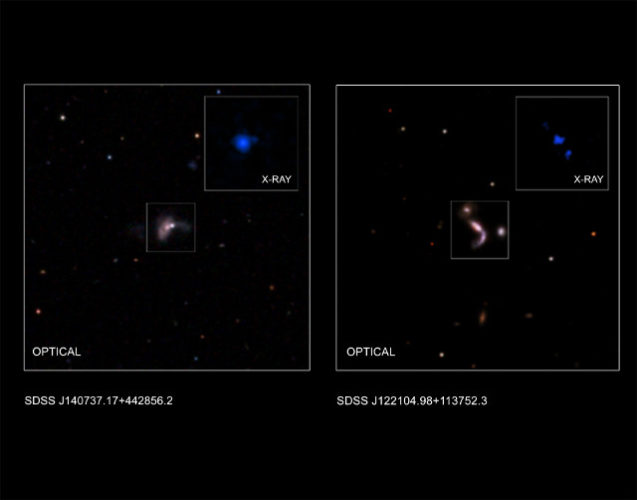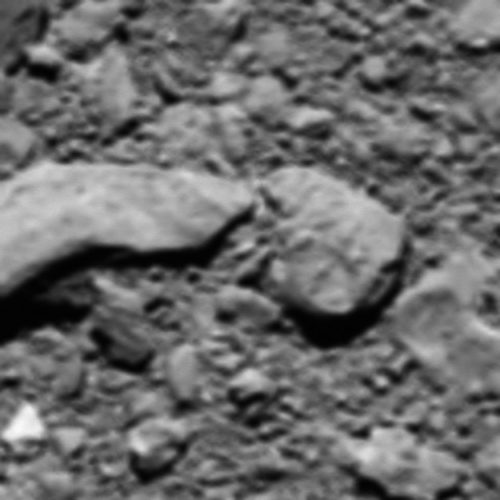
A possible dust cloud might dim Tabby’s star
An article published in “The Astrophysical Journal” describes a research that offers an explanation of the many sudden brightness changes observed in Tabby’s star in recent years. A team of researchers co-ordinated by the University of Arizona used data collected by NASA’s Spitzer and Swift space telescopes and the Belgian AstroLAB IRIS observatory concluding that this phenomenon is caused by a dense cloud of dust orbiting the star.





